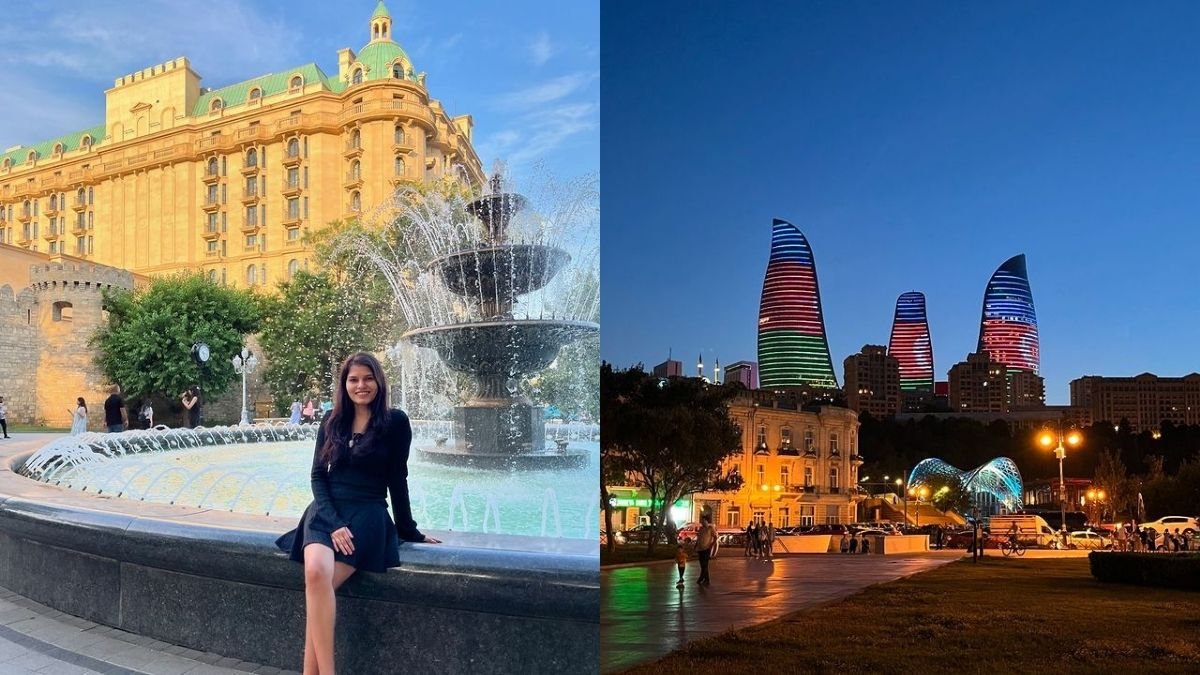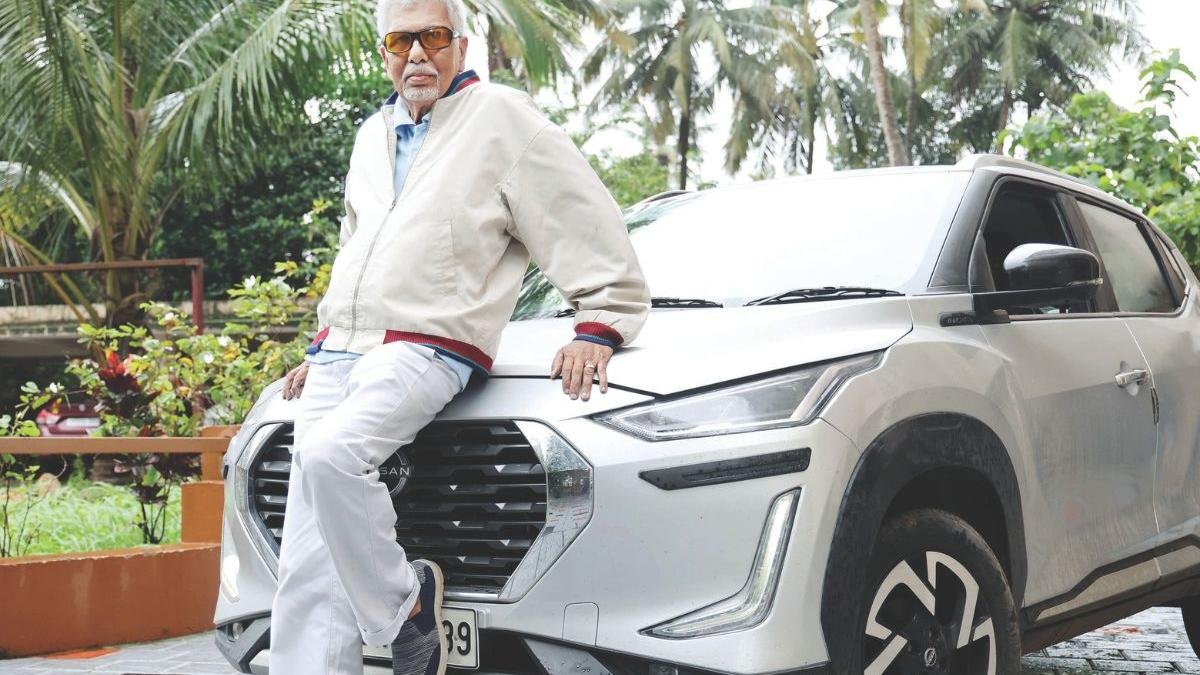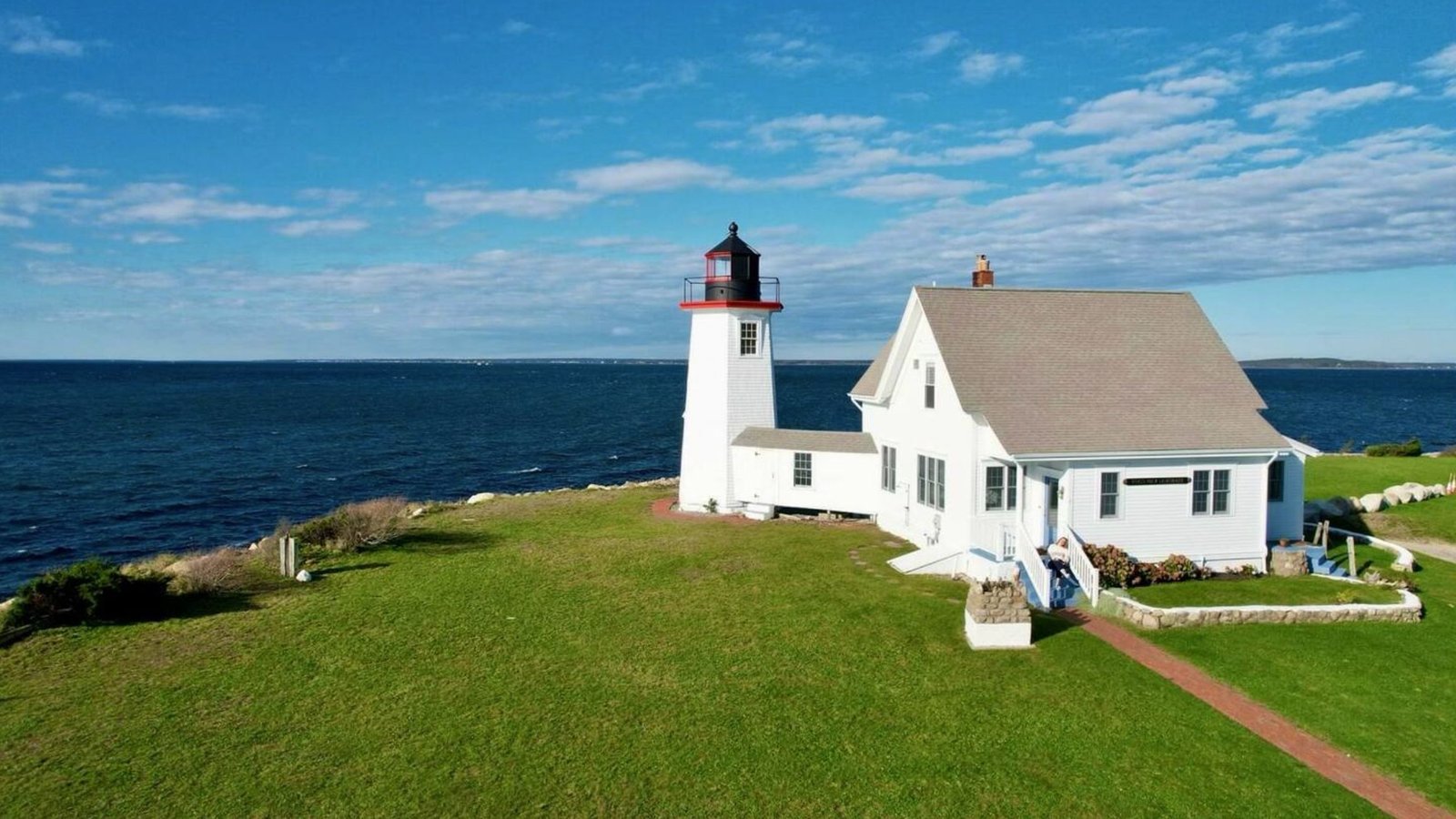Setting off on a solo adventure to Azerbaijan, I quickly learned that this tiny gem in the Caucasus packs a punch far beyond its size. From trying (and failing) to pronounce “Icherisheher” without sounding like I sneezed, to being mesmerised by the burning mountains of Yanar Dag, my solo trip to Azerbaijan was filled with surprises and a few good laughs at my own expense. Whether it was getting hopelessly lost in Baku’s Old City only to find myself right back where I started (thanks, Google Maps), or attempting to haggle in a language I don’t speak (note: I am terrible at bargaining even in the languages I do speak), The Land of Fire turned out to be the perfect mix of adventure and humour.
My exploration of Azerbaijan also involved some unexpected firsts. Who knew that diving in the Caspian Sea would introduce me to water snakes and give me a full-body workout trying to stay upright in the current? Or that I would find myself in the middle of mud volcanoes, wondering if this was the spa treatment I never knew I needed. This trip was as much about embracing the quirks and surprises as it was about discovering the beauty and history of this country located at the crossroads of East and West.
Buckle up for my travelogue that’s not just about the ideal itinerary, but also the fun (and slightly chaotic) side of solo travel!
Let Me Take You On My Solo Trip To Azerbaijan — The Pearl Of The Caspian
Night Baku Tour
Baku’s magic is absolutely breathtaking! The capital city is renowned for its nighttime beauty that the walking tour showcases perfectly. The Flame Towers dazzled with their vibrant lights, and strolling through the parks, Fountains Square, and Seaside Boulevard, I was captivated by the creative lighting that adorned every tree and stone. The panoramic views of the city are simply stunning, blending historic charm with modern architectural marvels. The funicular ride (must experience) to Martyrs Lane offered a fantastic perspective, and a walk around the boulevard allowed me to savour the fresh night air and catch a glimpse of the Maiden Tower.
Mud Volcanoes
Visiting the mud volcanoes is an otherworldly adventure! As I approached the site, I was greeted by an expanse of bubbling craters, each one gurgling with thick, grey mud. The landscape felt almost lunar, with the unusual terrain stretching out in all directions. The constant burbling and occasional eruptions of mud were both mesmerising and slightly eerie. Despite the barren surroundings, there was a unique beauty in the stark, raw environment. If you are looking for a one-of-a-kind natural wonder, the mud volcanoes are a must-see.
Gobustan Rock Art Cultural Landscape
Exploring Gobustan was like stepping into a prehistoric wonderland. The Gobustan National Park, a UNESCO World Heritage site, introduced me to fascinating ancient rock carvings. As I wandered through the rocky terrain, I marvelled at the petroglyphs that tell stories from thousands of years ago. The panoramic views of the Caspian Sea from the park were simply breathtaking. This journey through time and nature was both educational and awe-inspiring, leaving me with a deeper appreciation for humanity’s early artistic expressions and the raw beauty of Azerbaijan’s natural wonders. Gobustan is a must-visit for anyone looking to connect with history and nature in a truly exceptional way.
Bibi-Heybat Mosque
Perched on the shores of the Caspian Sea, this stunning mosque is not only a place of worship but also a symbol of resilience and faith. The mosque, originally built in the 13th century and reconstructed in the 1990s, stands as a beautiful blend of history and modernity. As I entered the mosque, the intricate calligraphy and ornate decor immediately caught my eye. The tranquil atmosphere inside was complemented by the soft hum of prayers. The mosque is dedicated to Ukeyma Khanum, a descendant of Prophet Muhammad, adding a profound sense of heritage and spirituality to the site.
Atashgah Zoroastrian Fire Temple
The flickering eternal flame, which has been burning for centuries transported me back to a time when Zoroastrianism thrived. The temple’s unique pentagonal structure and intricate stone carvings are a testament to the architectural brilliance of the time. Exploring the small museum within the complex, one can gain insight into the religious practices and way of life of the Zoroastrians. The Fire Temple is a site of religious importance and a symbol of Azerbaijan’s rich cultural heritage that offers an enriching experience for history enthusiasts and spiritual seekers alike.
Yanar Dag
The visit to Yanar Dag, the ‘Burning Mountain’, is a captivating encounter with nature’s raw power. The fire, which has been burning for thousands of years due to the underground natural gas reserves, creates a mesmerizing and almost surreal landscape. The warmth of the flames is palpable even from a distance, and the stark contrast between the fire and the surrounding barren land is striking. Yanar Dag is a testament to Azerbaijan’s diverse natural wonders where one can witness the awe-inspiring spectacle of eternal flames in a setting that feels otherworldly.
Candy Cane Mountains
It’s like stepping into a surreal painting! These rare geological formations, characterised by their red and white striped layers, are a sight to behold. Located near the town of Alinja, the mountains get their name from the distinct candy cane-like appearance created by mineral deposits over millions of years. As I hiked through the area, the vibrant colours and unusual patterns of the mountains left me in awe. The landscape felt almost unearthly, with rolling hills and striking contrasts against the blue sky.
Guba (Quba)
Nestled in the Caucasus Mountains, Guba boasts picturesque landscapes with lush forests, flowing rivers, and the stunning Afurja Waterfall. I was enchanted by the local apple orchards, a testament to Guba’s reputation as Azerbaijan’s apple capital. The ancient mosques and charming red-brick houses in the mountain village of Khinalug offered a glimpse into the area’s vibrant history.
Shahdag Mountain Resort
Nestled in the breathtaking Caucasus Mountains, Shahdag Mountain Resort is a must-visit for any nature lover or adventure enthusiast. The stunning vistas of lush green valleys will take your breath away. The range of activities available is impressive, from exhilarating skiing and snowboarding in the winter to scenic hikes and mountain biking in the summer. I particularly enjoyed the coaster ride (must try!) which offered panoramic views of the surrounding landscapes — truly a paradise. Whether you are seeking adventure or relaxation, Shahdag Mountain Resort delivers on all fronts, making it an unforgettable destination in Azerbaijan’s majestic mountains.
Scuba Diving At Snake Island
Diving in the Capsian Sea was a totally different (and special) experience due to many reasons:
- It’s not a popular activity in Azerbaijan and I could find only one PADI Center (Baku Scuba).
- The marine world is not that colourful as compared to other dive destinations. There are no corals!
- The maximum depth I could explore that day was 6 metres. Probably, that’s why I was finding it tough to maintain buoyancy control. I got many cuts on my palms because I had to take support from the rocks and seabed constantly.
- There was an underwater current that made it difficult to keep myself steady.
- At some spots, the visibility was so bad that I couldn’t even see my instructor diving near me.
However, it was also the first time when I saw water snakes and held crabs in my hand. I did two dives and spent a whopping 1.4 hours each (my longest dives yet) exploring the depths of Snake Island. Scuba diving in the Caspian Sea is undoubtedly the highlight of my Azerbaijan trip!
Baku’s Old City (Icherisheher)
Shopping here is an enchanting journey through a maze of historic charm and vibrant markets. I stepped into the winding alleys of the Old City to immerse myself in a lively atmosphere where traditional Azerbaijani craftsmanship came to life. The bustling souks offered an array of unique items, from intricately woven carpets and hand-painted ceramics to exquisite silver jewellery and local textiles. Each shop was a treasure trove of artisanal goods. I found delightful souvenirs and gifts, including colourful spices and fragrant teas, which captured the essence of the region’s flavours and traditions.
The experience of haggling over prices (I am extremely bad at bargaining though) and discovering hidden gems in quaint little shops added an authentic touch to my shopping adventure.
Also Read: From Bazaars to Mountains, Here’s All That I Saw On My Solo Trip To Uzbekistan
Here Are My Few Personal Tips
Cards are accepted everywhere but it’s recommended that you carry some cash as well. You can easily convert major currencies into Azerbaijani Manat in Baku.
- Food Recommendation (For Vegetarians)
If you are a vegetarian like me, you will have plenty of options here. I highly recommend trying Qutab, which is a type of flatbread stuffed with a variety of fillings (herbs, spinach, pumpkin, or cheese). The bread is lightly fried, making it crispy and delicious. You can eat it with butter.
Azerbaijan is a safe and welcoming country, even for solo female travellers. However, I did experience some situations that made me a bit uncomfortable regarding the attention I received from some local men. While they often tried to be extra friendly, asking for my phone number or inviting me for coffee, etc., there were moments when I felt uneasy. For instance, while waiting for a cab after dinner at a restaurant, a local guy approached me and was persistent in his attempts to invite me for drinks, even though I politely declined multiple times. Although he wasn’t harmful, the situation was still a bit unsettling. These encounters happened on a few occasions, and while I always tried to decline their advances with kindness, it was sometimes challenging for them to accept.
Despite this, I believe that by following the usual safety precautions, you will have an incredible experience in Azerbaijan. The country is full of warmth and hospitality, and with a little awareness, your trip will be enjoyable and safe.
Total Expenditure For My Solo Trip To Azerbaijan
I spent nearly ₹50,000 on this trip. It includes visa fees, airfare, day tours, stay, shopping, food, conveyance, etc. Below are the details:
- Flight: The flight from Delhi To Baku cost ₹13,000. I can’t provide the round-trip flight fare as I travelled to Georgia after Azerbaijan.
- Stay: I stayed at Ariva Center Hotel (2 Həsən Salmani, Baku). The tariff was ₹4,000 for 5 nights.
- Visa: Indian passport holders can easily get an e-visa at ₹2,300.
- Scuba Diving: ₹17,000 (my biggest expense there).
- Day Tours: ₹6,700 (Booked on Get Your Guide and Viator)
Whether you are seeking history, nature, or a taste of the exotic, Azerbaijan has it all. Don’t miss the chance to discover this country — it’s a destination that will leave you inspired and yearning for more!
Also Read: I Took A Visa-Free Solo Trip To The Snowy Landscapes Of Kazakhstan; Here’s A Virtual Tour Of It For You!
Happy travelling!
Cover Image Credits: @strolling_shoes/Instagram
For more such snackable content, interesting discoveries and the latest updates on food, travel and experiences in your city, download the Curly Tales App. Download HERE.
First Published: August 29, 2024 6:25 PM
























